News - 26 March 2020
Can’t get out into nature? Curl up with a nature book instead
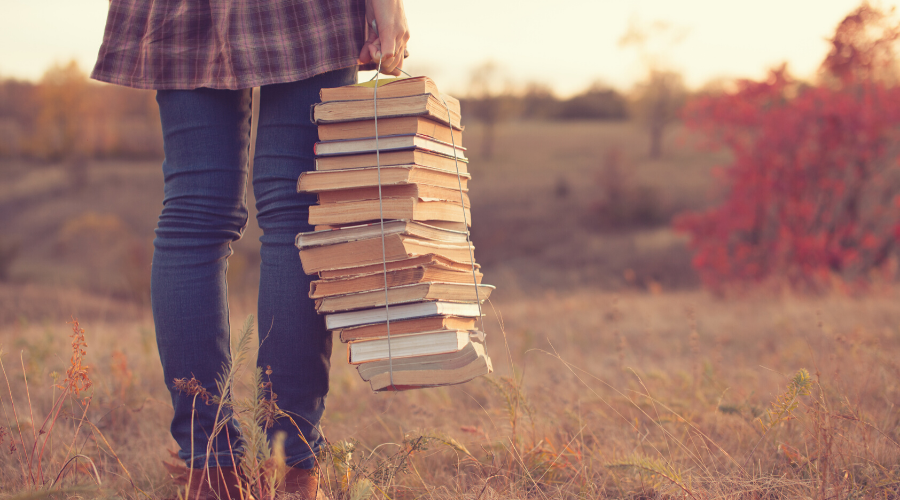
Books transport us. Fiction or reality, books can increase our knowledge of nature beyond our own observations. We can dive deep into the soil, and learn how tree roots help forest giants communicate and support each other. We can reignite our connection to nature and our childhood curiosity of the places we love through the adventures of others.
Below we’ve collected a few nature books that will capture both your heart and mind. Do you have any favourites? Leave a comment on Facebook to tell us your favourite nature book.
This webpage contains affiliate links with retailer Booktopia. By clicking any of these buttons and purchasing a book, you’re helping support the Wilderness Society’s work.
The Hidden Life of Trees: What They Feel, How They Communicate—Discoveries from a Secret World by Peter Wohlleben
Greystone Books
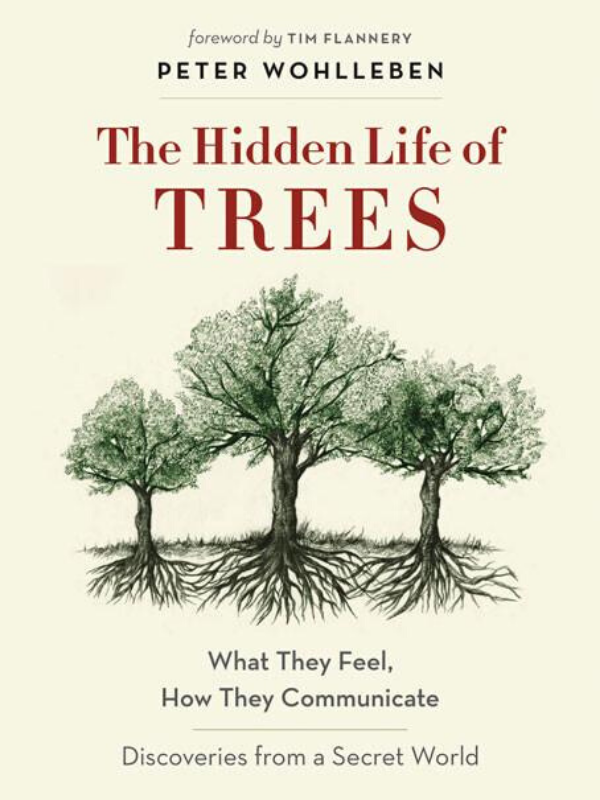
How do trees live? Do they feel pain, or have awareness of their surroundings? Research is now suggesting trees are capable of much more than we have ever known.
In The Hidden Life of Trees, forester Peter Wohlleben puts groundbreaking scientific discoveries into a language everyone can relate to. Wohlleben shares his deep love of woods and forests and explains the amazing processes of life, death, and regeneration he has observed in the woodland and the amazing scientific processes behind the wonders of which we are blissfully unaware.
Much like human families, tree parents live together with their children, communicate with them, and support them as they grow, sharing nutrients with those who are sick or struggling and creating an ecosystem that mitigates the impact of extremes of heat and cold for the whole group. As a result of such interactions, trees in a family or community are protected and can live to be very old.
Drawing on groundbreaking new discoveries, Wohlleben presents the science behind the secret and previously unknown life of trees and their communication abilities; he describes how these discoveries have informed his own practices in the forest around him. As he says, a happy forest is a healthy forest, and he believes that eco-friendly practices not only are economically sustainable but also benefit the health of our planet and the mental and physical health of all who live on Earth.
After a walk through the woods with Wohlleben, you'll never look at trees the same way again.
The Overstory by Richard Powers
W.W. Norton & Company
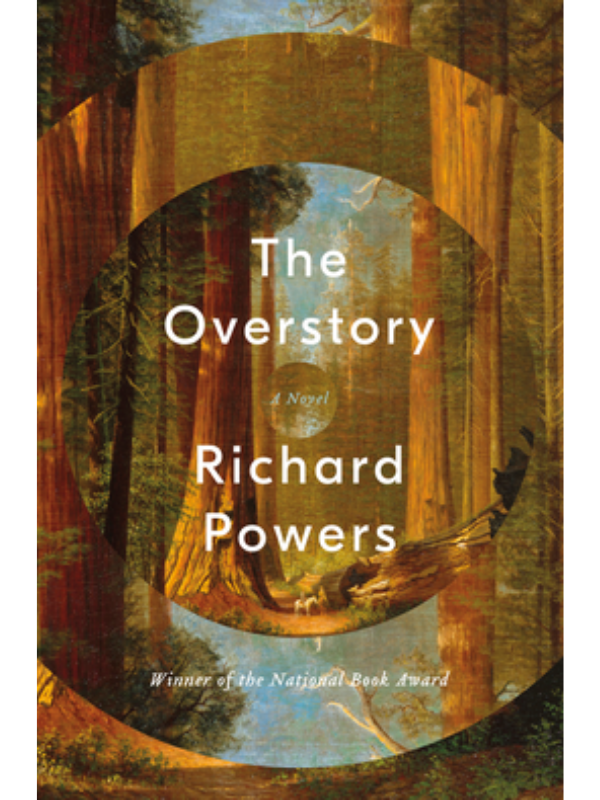
The Overstory is a sweeping, impassioned work of activism and resistance that is also a stunning evocation of—and paean to—the natural world.
From the roots to the crown and back to the seeds, Richard Powers’s twelfth novel unfolds in concentric rings of interlocking fables that range from antebellum New York to the late twentieth-century Timber Wars of the Pacific Northwest and beyond.
There is a world alongside ours—vast, slow, interconnected, resourceful, magnificently inventive, and almost invisible to us. This is the story of a handful of people who learn how to see that world and who are drawn up into its unfolding catastrophe.
Braiding Sweetgrass: Indigenous Wisdom, Scientific Knowledge, and the Teachings of Plants by Robin Wall Kimmerer
Milkweed Editions
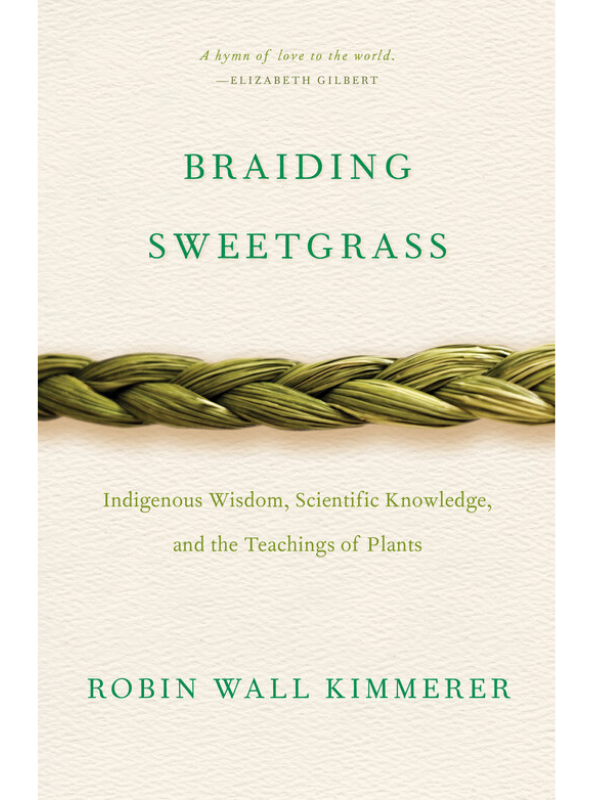
As a botanist, Robin Wall Kimmerer has been trained to ask questions of nature with the tools of science. As a member of the Citizen Potawatomi Nation, she embraces the notion that plants and animals are our oldest teachers.
In Braiding Sweetgrass, Kimmerer brings these lenses of knowledge together to show that the awakening of a wider ecological consciousness requires the acknowledgment and celebration of our reciprocal relationship with the rest of the living world.
For only when we can hear the languages of other beings are we capable of understanding the generosity of the earth, and learning to give our own gifts in return.
Read our review of Kimmerer's Braiding Sweetgrass.
Lab Girl by Hope Jahren
Penguin Random House
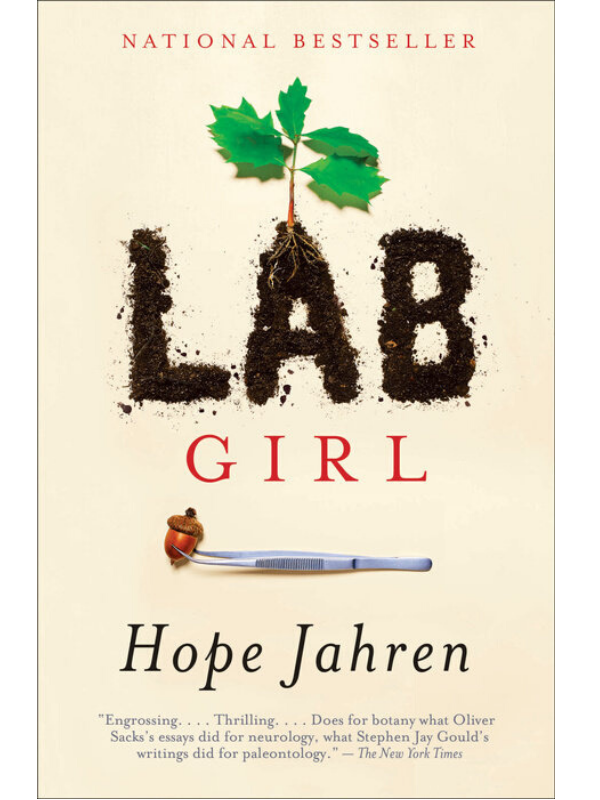
Acclaimed scientist Hope Jahren has built three laboratories in which she’s studied trees, flowers, seeds, and soil. Her first book is a revelatory treatise on plant life—but it is also so much more.
Lab Girl is a book about work, love, and the mountains that can be moved when those two things come together. It is told through Jahren’s stories: about her childhood in rural Minnesota with an uncompromising mother and a father who encouraged hours of play in his classroom’s labs; about how she found a sanctuary in science, and learned to perform lab work done “with both the heart and the hands”; and about the inevitable disappointments, but also the triumphs and exhilarating discoveries, of scientific work.
The Biggest Estate on Earth: How Aborigines Made Australia by Bill Gammage
Allen Unwin
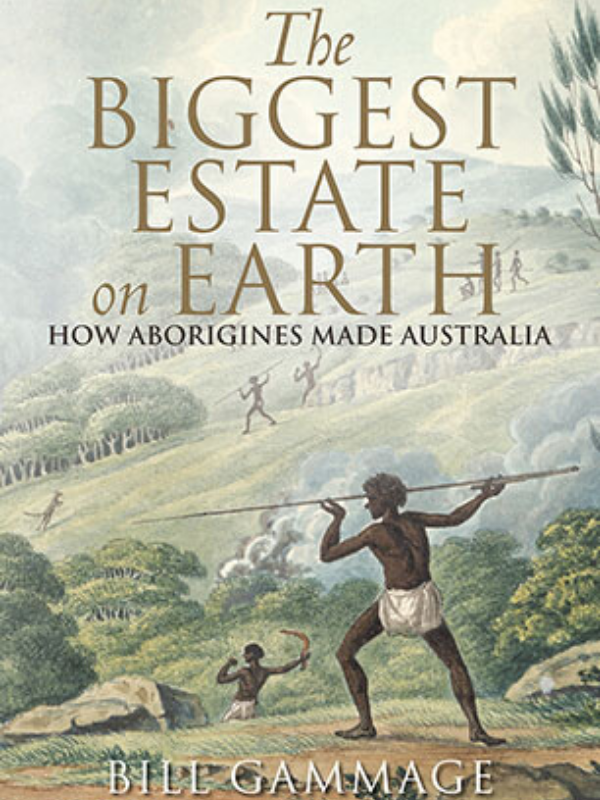
Across Australia, early Europeans commented again and again that the land looked like a park, with extensive grassy patches and pathways, open woodlands, and abundant wildlife. Bill Gammage has discovered this was because Aboriginal people managed the land in a far more systematic and scientific fashion than most people have ever realized.
For more than a decade, he has examined written and visual records of the Australian landscape. He has uncovered an extraordinarily complex system of land management using fire, the life cycles of native plants, and the natural flow of water to ensure plentiful wildlife and plant foods throughout the year.
Aboriginal people spent far less time and effort than Europeans in securing food and shelter, and this book reveals how. Once Aboriginal people were no longer able to tend their country, it became overgrown and vulnerable to the hugely damaging bushfires Australians now experience.
With details of land-management strategies from around Australia, this book rewrites the history of the continent, with huge implications for today.
Nature Book Week kicks off 4 Sept
Join us for a series of exciting storytelling events in libraries, parks, bookstores & online!